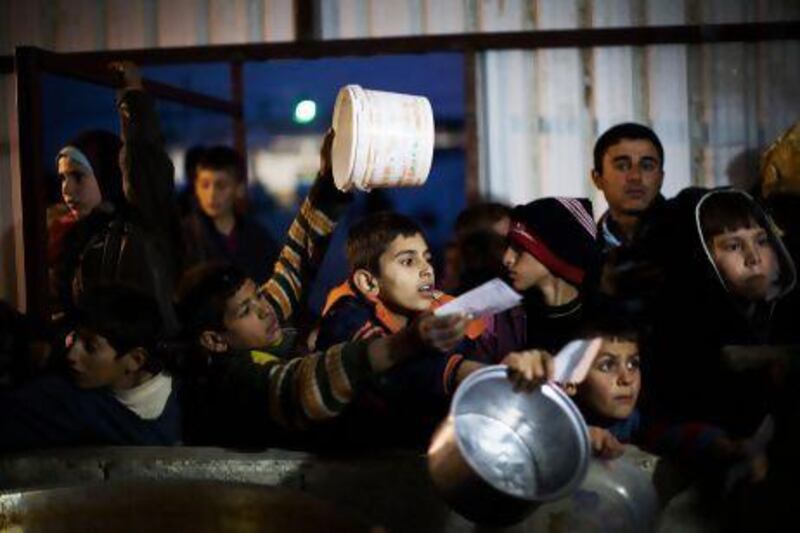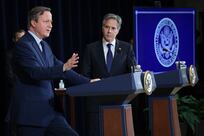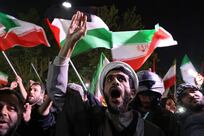On Monday, the latest round of Syrian peace talks will convene in Geneva, although few expect there to be too much progress. Six previous rounds of talks and, indeed, parallel dialogues in Astana have delivered little in the way of sustainable breakthroughs, beyond the faint hope that diplomacy may one day bring an end to the destruction. Hundreds of thousands have died in the six years of the Syrian conflict, millions more have been displaced, still millions more have left the country.
Today, a ceasefire will be imposed in southwestern Syria, after an initiative was unexpectedly forged in Hamburg on the fringes of the G20 summit, following the first face-to-face meeting between Donald Trump and Vladimir Putin. US secretary of state Rex Tillerson said the deal, which will be guaranteed by Jordan, was “our first indication of the US and Russia being able to work together in Syria.”
Certainly, the ceasefire will provide some sliver of hope in a conflict where next to none has existed for years. But hope is a fragile commodity and there are plenty of reasons to be wary. For starters, the earlier agreement to introduce so called “de-escalation zones” in the country crumbled into dust and other previous attempts to curb the bloodshed have only stopped the cycle of killing and conflict from spinning for so long.
More significantly, the current agreement fails to deal with the central problem of Bashar Al Assad. By narrowly focusing on bringing relief to a pocket of the country, it only further cements the Syrian leader’s power base and continues to enshrine him as part of the solution rather than identifying him as representing much of the problem. It also suggests the US administration, for now, has only a sketchy idea of how to turn the tide in Syria. Small concessions here, limited actions there, but no great over-arching strategy or engagement. Contrast that with the man the US did the deal with: Mr Putin is a leader possessed of a forensic eye for detail and a keen awareness of how moving parts may be put together.
That said, the Trump administration has, perhaps surprisingly, delivered at least two key advances in the Syrian conflict in a matter of months. First, the bombing of the Shayrat air base in April sent a clear message that Mr Al Assad could no longer act with impunity. The red lines he crossed over chemical weapons usage during the Obama years could no longer be traversed without consequence. Second, the ceasefire zones deal, if observed, will bring temporary peace to Syria’s southwest. So can the US president’s foreign policy doctrine go a few steps further? We will watch the implementation of the ceasefires with interest.





